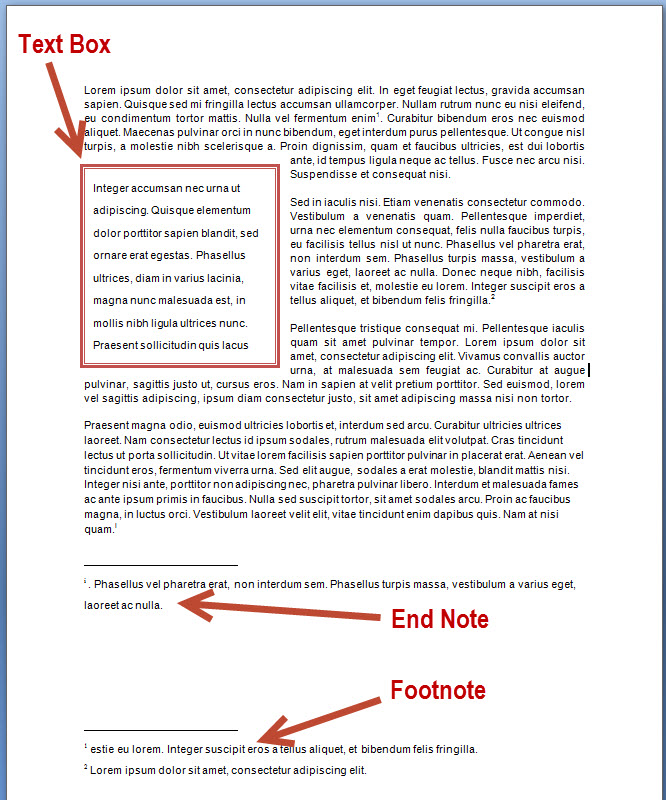


Quick overview of an article: -Identity: Who, what, when, where? Could also include a literature review or the literature review might be detailed in a section after the introduction.
References: The cited articles used throughout the paper. Discussion: The implications of the results, comparing results to other studies, hints to new research needed. Results: The findings or results of the research problem/study – usually in graphs or charts. Analysis: Explains how the data was analyzed. Methods: A detailed description on how the data was collected and what instruments/measurements were used. 
Introduction: Background to the research topic/problem and identifies research questions (purpose statement).It gives a brief description of the problem or hypothesis, the participants, methodology, statistical analysis, results of study, and the implications of the study. Abstract: an overview of the entire article’s content.For information on obtaining a copy of EndNote for your computer, or to check where EndNote is available on campus for access, please see the ISS EndNote page.Other resources allow results to be exported as a text file, this text file can then be imported into EndNote using filters.Some electronic resources can be searched from within EndNote - through the EndNote interface - using connection files.
 In some resources there is an option to automatically export from the resource directly into EndNote. Citations from resources can be automatically transferred into EndNote and do not need to be typed in manually.ĭepending on the resource, there are three different ways that references are imported into EndNote: Web of Science and JSTOR as well as search engines like Google Scholar that provide access to the literature required for your research. It will then create bibliographies from these references automatically.Įndnote is compatible with a wide range of online databases, e.g. EndNote is reference management software that enables you to store and manage your references.
In some resources there is an option to automatically export from the resource directly into EndNote. Citations from resources can be automatically transferred into EndNote and do not need to be typed in manually.ĭepending on the resource, there are three different ways that references are imported into EndNote: Web of Science and JSTOR as well as search engines like Google Scholar that provide access to the literature required for your research. It will then create bibliographies from these references automatically.Įndnote is compatible with a wide range of online databases, e.g. EndNote is reference management software that enables you to store and manage your references.








 0 kommentar(er)
0 kommentar(er)
